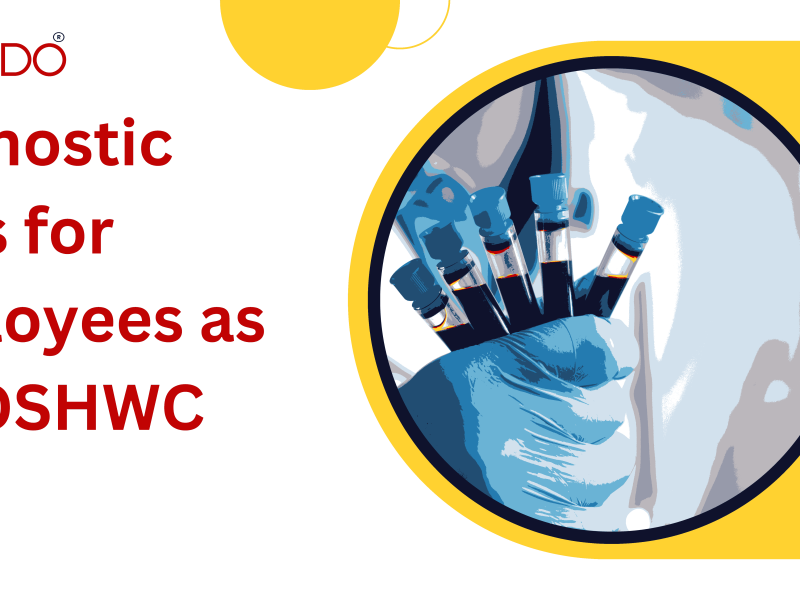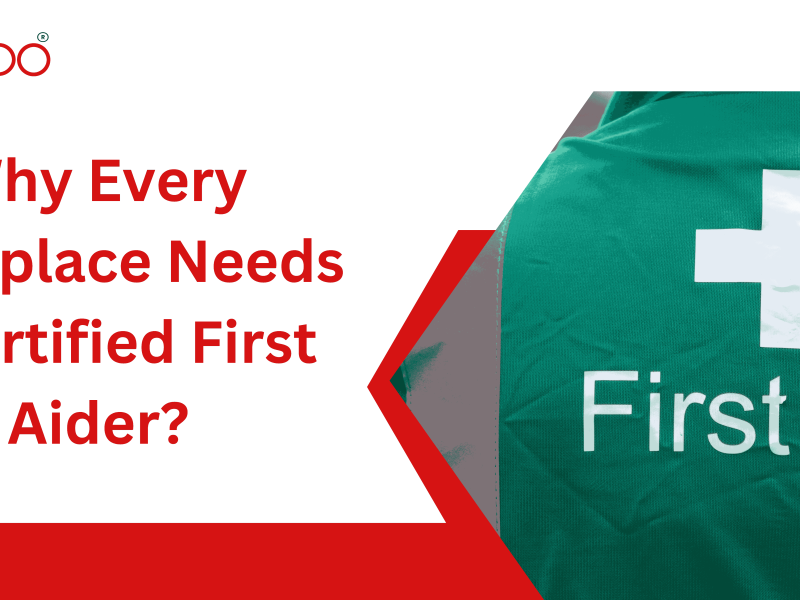The state of a person’s psychological and emotional well-being is known as mental health. It includes an individual’s ability to handle everyday stressors, form and maintain healthy relationships, make sound decisions, cope with challenges, and maintain a positive outlook on life. Good mental health is essential for a person’s overall health and quality of life. Here are some Simple Steps to Avoid Mental Health Emergency at your workplace

Mental health in the workplace is an important issue that can have a significant impact on employees, their productivity, and the overall success of the organization. Poor mental health can lead to decreased job satisfaction, absenteeism, and turnover while promoting good mental health can lead to improved employee morale, increased productivity, and greater organizational success.
Here are some simple steps to help prevent mental health emergencies at the workplace:
- A positive and supportive work environment can help reduce stress and anxiety among employees. Encourage open communication, listen to employees’ concerns, and provide resources for mental health support.
- Promote Mental Health Awareness: Educate employees on the signs and symptoms of mental health issues, and encourage them to seek help if they need it. This can be accomplished through workshops, training sessions, and educational resources.
- Encourage Self-Care: Encourage employees to prioritize self-care, such as taking breaks throughout the day, eating well, and getting enough sleep. You could also offer resources like an Employee Assistance Program (EAP) that provides access to mental health resources.
- Foster a Supportive Environment: Encourage open communication and create a culture of support and empathy. Employees should feel comfortable discussing mental health concerns with their colleagues and managers without fear of judgment or reprisal.
- Promote Work-Life Balance: Encourage employees to take time off when they need it, and promote work-life balance by offering flexible schedules, remote work options, and time off policies.
- Address Workplace Stressors: Identify and address potential sources of workplace stress, such as unrealistic deadlines, heavy workloads, or poor management practices. Be aware of signs of burnout and encourage employees to speak up if they are struggling.
- Provide Training for Managers: Provide training for managers on how to identify and address mental health concerns in their team members, and how to create a supportive work environment.
- Offer Mental Health Resources: Offer resources like counselling services, mental health online, or online support groups to employees who may need them.
- Respond appropriately to mental health crises: Have protocols in place for responding to mental health emergencies, such as suicide prevention and crisis intervention. Ensure that managers and employees know what to do if a mental health emergency arises.
Remember that a healthy workplace is one that prioritizes the well-being of its employees. By promoting a culture of understanding, education, and support, you can help prevent mental health emergencies and create a more productive and positive workplace.


